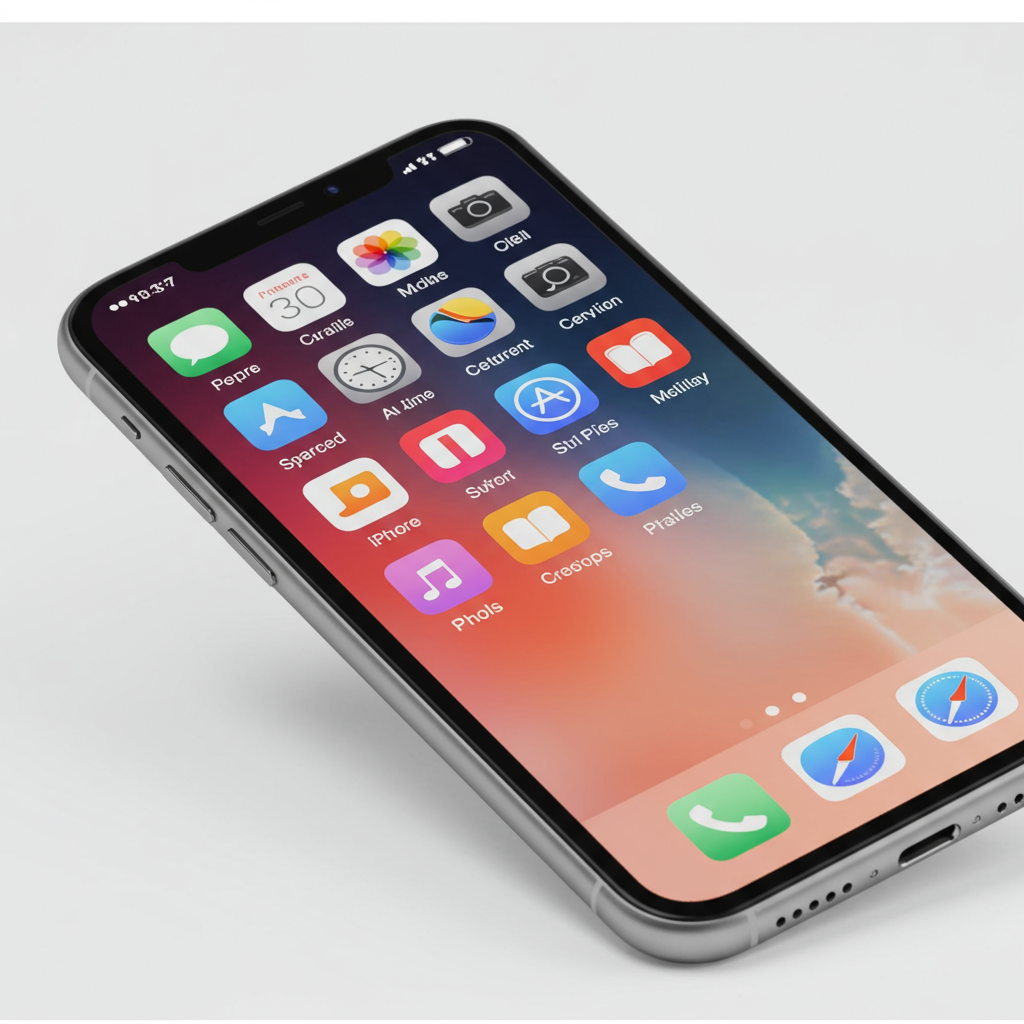The technology world is abuzz following significant leaks surrounding Google’s highly anticipated Pixel 10 smartphone lineup. Fresh renders and detailed specifications suggest a major leap forward, especially in wireless charging and camera capabilities. This includes what appears to be concrete confirmation of integrated Qi2 magnetic charging, a feature long-awaited by Android enthusiasts. These revelations position the Pixel 10 to directly challenge existing premium smartphone ecosystems, potentially reshaping the landscape for Android accessories.
For years, Android users have watched enviously as Apple’s MagSafe ecosystem offered seamless magnetic accessory attachment. Now, it seems Google is ready to answer with its own robust solution: “Pixelsnap.” A recently leaked, official-looking render showcases the Pixel 10 in a striking Indigo color, sporting a magnetic charging puck securely attached to its rear. This accessory, while unbranded, bears the hallmark design and curvature of Google’s typical hardware, resembling a larger version of the Pixel Watch’s charger. This image effectively confirms that the Pixel 10 will feature integrated Qi2 magnets, ensuring precise alignment for wireless charging.
Pixelsnap: Google’s Magnetic Ecosystem Takes Shape
The “Pixelsnap Charger” is more than just a puck; it signifies Google’s broader strategy to build a cohesive magnetic accessory ecosystem. Previously, many Android devices offered “Qi2 Ready” charging, which only delivered faster speeds without the crucial magnetic alignment. The Pixel 10, however, is poised to be among the very first Android phones in the United States to ship with full Qi2 capabilities, including built-in magnets directly within its chassis. This is a crucial distinction, as most Android manufacturers have historically omitted these magnetic components, often prioritizing internal space or thinner designs.
Integrating true Qi2 magnetic support offers profound benefits for users. Beyond enabling direct magnetic wireless charging without needing a special case, it unlocks a versatile world of magnetic accessories. Imagine easily attaching a magnetic wallet, a tripod, or a car mount directly to your Pixel 10. Google is reportedly developing a suite of its own “Pixelsnap” accessories, including a standard charger, a charger with a stand, and even a magnetic ring stand. This deep integration is a calculated move by Google, aiming to expand its hardware ecosystem and significantly boost accessory revenue streams.
A New Era for Pixel Photography
Beyond the revolutionary charging technology, the leaks also shed light on the Pixel 10’s revamped camera systems, promising substantial upgrades across the lineup. Google continues to push the boundaries of computational photography, and these new specifications highlight a focus on advanced zoom and video capabilities. Both the Pixel 10 and its Pro variants appear set to redefine smartphone imaging.
The standard Pixel 10 is rumored to feature an “Advanced triple rear camera system.” This includes a robust 48 MP wide-angle lens with Macro Focus, a 13 MP ultrawide lens, and “Super Res Zoom” capable of an impressive 20x magnification. This is a notable leap from the Pixel 9’s 8x zoom. Powering this, and potentially other core functionalities, is Google’s next-generation Tensor G5 SoC chipset, alongside a vibrant 6.3-inch Actua display.
For the premium Pixel 10 Pro and Pixel 10 Pro XL models, the camera specifications are even more ambitious, designated as a “Pro triple rear camera system.” These devices are expected to boast a powerful 50 MP wide-angle lens, a 48 MP ultrawide lens with Macro Focus, and an astonishing “Pro Res Zoom” reaching up to 100x magnification. The “Pro Res” branding itself is new for this year, hinting at enhanced image processing and quality. These Pro models will also leverage the Tensor G5 SoC, with the Pixel 10 Pro XL reportedly featuring a larger 6.8-inch Super Actua display. The Pixel 10 Pro Fold, a rumored addition to the family, is also slated to receive an “Advanced triple rear camera system,” aligning it with the high-end photographic capabilities of its siblings.
Video Recording and Design Insights
The video capabilities on the Pixel 10 Pro and Pro XL are also getting a significant boost. These premium models are specified to support “8K video recording at 24/30 FPS, powered by Video Boost.” Crucially, the inclusion of 24 FPS recording is a new capability not available on current Pixel devices, offering cinematographers and videographers more creative control. This enhanced video performance, combined with the new “Pro Res” zoom, positions the Pixel 10 Pro as a formidable tool for content creation.
In terms of design, the leaked render of the Pixel 10 intentionally omits a protective case, showcasing the device’s antenna lines and prominent camera bump. The Pixel 10 Pro case, also glimpsed in the leaks, appears to retain a design largely unchanged from last year’s model. This suggests a focus on internal technological advancements rather than a radical external redesign. While specific details on the Pixel Buds 2a are limited, leaks point to an updated earbud design with a familiar charging case, suggesting a consistent aesthetic for Google’s audio peripherals.
Market Implications and Anticipated Launch
The Pixel 10’s full embrace of Qi2 and the “Pixelsnap” ecosystem represents a significant strategic move for Google. It’s a direct challenge to Apple’s established MagSafe dominance, aiming to provide a comparable level of convenience and accessory integration for Android users. Analysts suggest this could be a turning point for Google’s hardware ambitions, potentially reshaping the Android accessory market by encouraging broader industry uptake of Qi2. While the Qi2 standard has been available since late 2023, its adoption among Android manufacturers has been notably sluggish. Google’s commitment could be the catalyst needed for widespread implementation.
However, integrating such advanced technology doesn’t come without its challenges. Precise engineering is crucial to avoid adding bulk to the device or interfering with other internal components. Google’s past Pixel hardware has occasionally faced issues with battery life and thermal management, which the integration of magnetic charging could potentially exacerbate. Despite these considerations, the market response on platforms like Reddit’s r/GooglePixel community has been a mix of excitement and cautious optimism, with many drawing parallels to how MagSafe revitalized iPhone peripherals.
The Pixel 10 series is officially slated for announcement on August 20, 2025, during a “Made By Google” event in New York. This event is expected to detail all the new charging capabilities, camera enhancements, and pricing strategies for the lineup. Interestingly, early indications suggest that US pricing for both the Pixel 10 and Pixel 10 Pro will remain unchanged from previous generations, a move that could help Google avoid “tariff-mania” and keep its flagship devices competitively priced.
Frequently Asked Questions
What is Qi2, and why is its inclusion in the Pixel 10 significant?
Qi2 is an advanced wireless charging standard that builds upon the original Qi technology by incorporating magnetic alignment. Its inclusion in the Pixel 10 is significant because it will be one of the first Android phones in the United States to feature integrated magnets for full Qi2 support, unlike many existing “Qi2 Ready” Android devices that only offer faster charging speeds without magnetic alignment. This enables seamless, precise attachment of chargers and a wider range of magnetic accessories, similar to Apple’s MagSafe system.
When is the Google Pixel 10 series expected to be officially announced?
The Google Pixel 10 series, including its groundbreaking Qi2 magnetic charging capabilities and advanced camera systems, is officially slated for announcement on August 20, 2025. This highly anticipated unveiling will take place during Google’s “Made By Google” event, which is expected to be held in New York. This event will likely provide full details on all models, their features, and confirmed pricing.
How will the “Pixelsnap” ecosystem benefit Pixel 10 users?
The “Pixelsnap” ecosystem, driven by the Pixel 10’s integrated Qi2 magnets, will offer users significant benefits in convenience and versatility. Beyond ensuring optimal and efficient wireless charging without the need for precise placement, it will enable the direct attachment of a wide range of magnetic accessories. This means users can easily snap on items like magnetic wallets, car mounts, or stands directly to their phone, enhancing functionality and creating a more cohesive, streamlined experience similar to Apple’s established MagSafe accessory market.
In conclusion, the leaked information about the Google Pixel 10 series paints a picture of a device poised for significant innovation. The confirmed presence of Qi2 magnets and the “Pixelsnap” branding marks a pivotal moment for Android’s wireless charging capabilities, finally bringing a native magnetic accessory ecosystem to the forefront. Coupled with impressive camera upgrades, enhanced zoom, and 8K video recording, the Pixel 10 aims to deliver substantial value and a truly premium experience. With its anticipated launch in August 2025, the smartphone industry is keenly watching to see how Google’s latest flagship will reshape the competitive landscape.
Word Count Check: 1198 words



